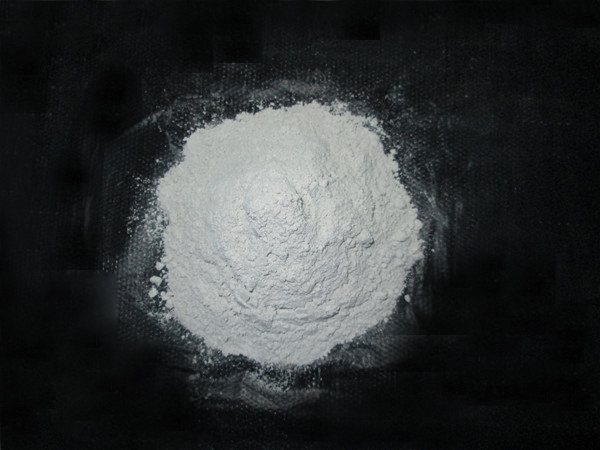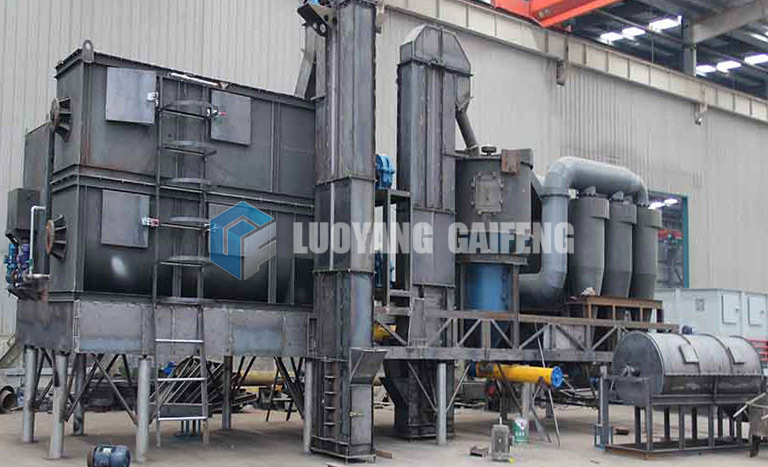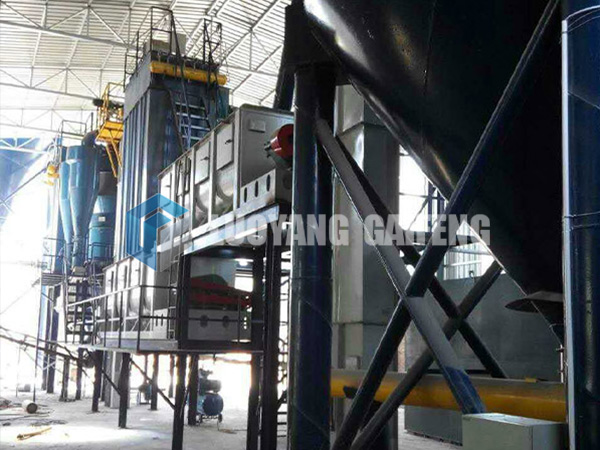What fields are carbon dioxide adsorbents used in?
Carbon dioxide adsorbents are materials that are used to remove or “adsorb” carbon dioxide (CO2) from the air or other gas streams. They are commonly used in a variety of applications, including air purification, gas separation, and carbon capture and storage.
There are several types of CO2 adsorbents, including:
Solid sorbents – materials such as activated carbon, zeolites, and metal-organic frameworks (MOFs) that have a high surface area and can physically adsorb CO2 molecules.
Liquid sorbents – solvents such as amines, amine blends, and ionic liquids that chemically react with CO2 to form stable compounds.
Hybrid sorbents – materials that combine both physical and chemical adsorption mechanisms to capture CO2.
CO2 adsorbents can be used in a variety of applications, including:
Carbon capture and storage (CCS) – where CO2 is captured from industrial processes and stored underground to reduce greenhouse gas emissions.
Gas separation – where CO2 is separated from other gases to produce a high-purity product.
Indoor air quality control – where CO2 is removed from indoor air to maintain healthy air quality levels.
Oxygen production – where CO2 is removed from the air to produce high-purity oxygen for medical or industrial use.
The choice of CO2 adsorbent will depend on the specific application and requirements of the process, including factors such as efficiency, cost, and environmental impact.











